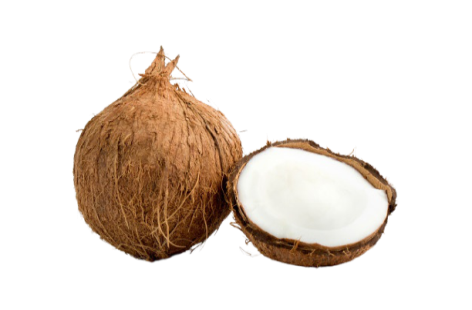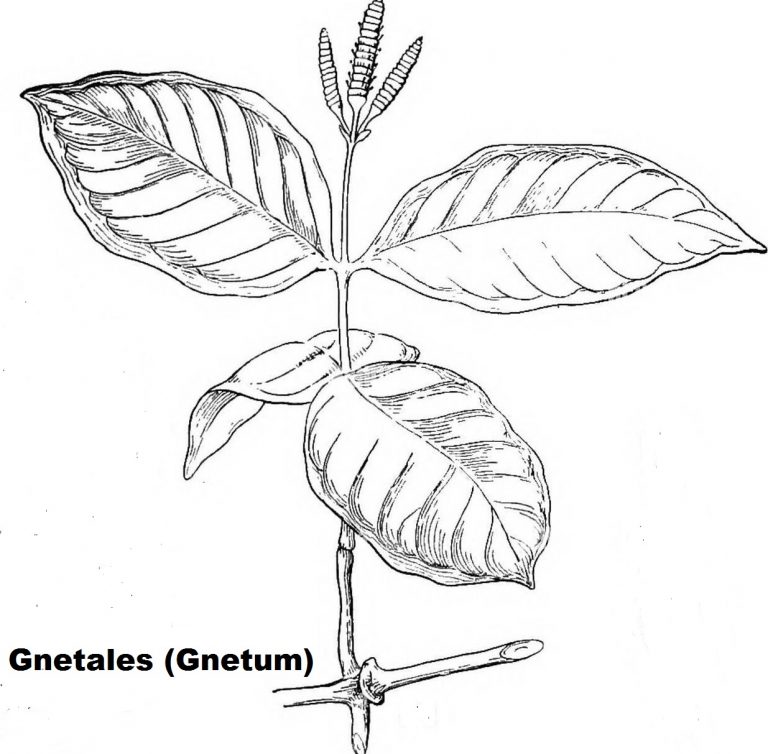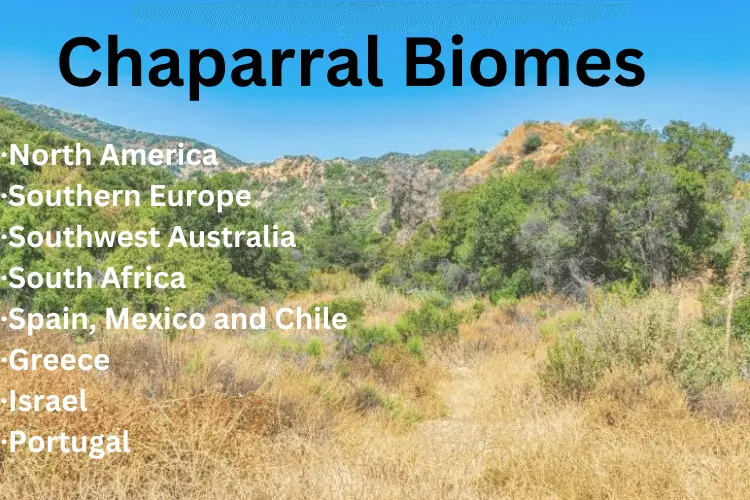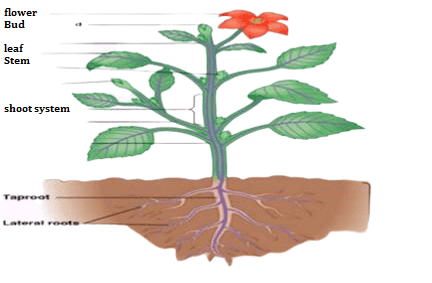Seed Size (depending factor) and Seed Recruitment
What do you mean by Seed Recruitment?
A seed is actually a miniature plant (a plant house). It is capable to grow and produce a new plant. Seed recruitment is the ability of a seed to grow and establish itself as a seedling. A seed is the ripened ovule and it stores food. This reserve food (starch) is used for the respiration of dormant embryos and is also an initial energy currency for the young seedling.
Read More: Heterospory and Seed Habit
What are the attributes of seed recruitment?
Seed recruitment is dependent upon several factors.
1. Physical Attributes of seed recruitment
Physically a seed should be fit enough to withstand harsh climatic conditions through which it has to pass. It should have perfectly protected by a seed coat. This attribute will help the seed to be safe from diseases and help in seed recruitment.
A mixture of off-type seeds and weed seeds also deteriorates the seed’s physical attributes. If a seed is affected by a seed-born disease, it would not be accepted as a good seed for germination. Before sowing, every grower grade seeds manually or mechanically by seed grader to get almost uniform size seeds. This uniformity also adds to the best physical attributes of the seed. So in short a seed is physically good if it is;
- With minimum damage
- Without off-type (seed) seeds
- Free from diseased seeds
- Of uniform size
2. Physiological attributes of seed recruitment
Germination Percentage and Viability are the ability of a seed to germinate and emerge from the soil. Under normal conditions, a seed may germinate in 4 to 15 days depending upon its type. It shows that the embryo within the seed was living and stored food was enough to provide the early requirement of the embryo and seedling for seed recruitment.
Seed Vigour makes the seed withstand a potentially stressful external environment. This helps the seed not only to survive harsh biotic and abiotic conditions but also to grow with full potential under favorable conditions.
Make sure to test the germination of seeds prior to sowing of seeds in the field. In testing germination, consider the following methods and steps;
- Soak seeds in water
- Spread seeds on sheets in the shade
- For sowing, try to use seed trays with soil as a medium
- try to cover the petri dishes or petri plates with tissue paper as a covering medium.
- Keep seeds moist.
So in short a seed is considered physically good if it is;
- With a good germination percentage
- Viable
- Vigorous seed
3. Genetic attributes of seed recruitment
The genetic purity of seeds should be maintained to establish a good stand for the seedling. A seed sample free from off-type seeds will be considered genetically pure. A pure seed or true-to-type seed can easily adapt to local climatic conditions. A uniform stand can withstand disease pressure. It completes its base period (full crop maturity period from sowing to harvesting) so there are fewer chances of post-harvest losses and pest attacks. Minimum losses also result in greater economic return and profitability. Thus a genetically pure seed has the following attributes;
- Seed is free from off-type seeds
- It is adapted to local climatic conditions
- It has the ability to withstand pest attack
- It has the ability to bear pest pressure
- It has high yield potential.
4. Good Storability
After harvesting and threshing, seed storage houses serves as a storage place for the seeds for future use. A seed lot may lost if not stored properly. This storage required a particular set of temperatures, moisture, and aeration for preservation. Moisture content in the range of 10-12% is the best for a wide range of cereals exceeding which may increase pathogen attack. Seeds may rotten as a result of a fungal attack. Thus seed should be sun-dried before storage.
Room temperature (25ᴼC) is suitable for increasing seed storability for a long time. This temperature keeps the moisture level in the required range as it is necessary to keep the embryo viable. Seeds are sometimes treated with poison to get rid of fungal diseases. Seed storage requires;
- Optimum moisture content (10-12%)
- Suitable temperature (25ᴼC).
- Seed treatment
Seed Size
The size of the seed is much correlated to seed vigor. This attribute is common among as well as within the species. Seed size ranges from 0.01 µg seed of orchards to 42 kg weighing seed of double coconut (almost 12 inches long). This attribute is related to the food requirement of a young embryo.
Large seeds provide an available food supply to the seedling under low available resources. Thus large seeds have higher probability of successful seedling establishment (recruitment) than the smaller ones. A better seedling establishment can better withstand biotic (pathogenic) and abiotic (deep shade, drought, etc.).

Biotic and abiotic limitations to seedling growth and survival, and conversely availability of safe sites for recruitment, vary along environmental gradients and between habitat types. However, the recruitment success of large seeds relative to small seeds strongly increased from grassland and open forest to closed-canopy forests. Of the measured environmental variables, canopy closure most strongly explained this increase. This indicates a strong direct effect of deep shade on seedling survival in natural plant communities.
Small seeds, however, are numerous and thus small-seeded species are more fecund. A trade-off between the number and size of the seed is of vital importance in seed ecology. there is a trade-off between competition and colonization, as well as between stress tolerance and fecundity.
Conclusion
Recruitment of seed requires some particular attributes to withstand biotic and abiotic stresses during early growth days. These attributes include the seed’s physical, physiological, genetic, and morphological equitability. A seed lacking any of the attributes will not acclimatize to the external environment. Seed size defines the food reserve available for seed during dormancy and early growth stages. Seed size and seed recruitment are somehow or the other interrelated terms.
For more information about Biodiversity, Visit Botanylive.com
I’m Dr Qaiser Maqsood (PhD), a dedicated researcher and expert in Biological Sciences, Gardening, Bio-Diversity, Ecology, and Environmental Sciences. I’m much concerned about Environmental Pollution, Climate Change, Plantation, Gardening, and Global Warming. My passion is to explore innovative solutions in all these fields.
Be aware that we have ONLY ONE EARTH. Protect it!!






